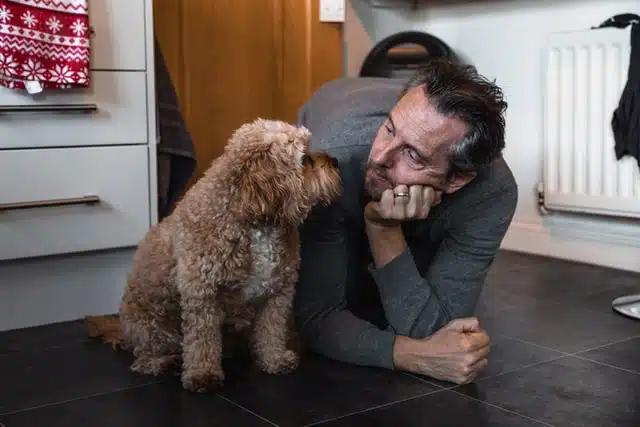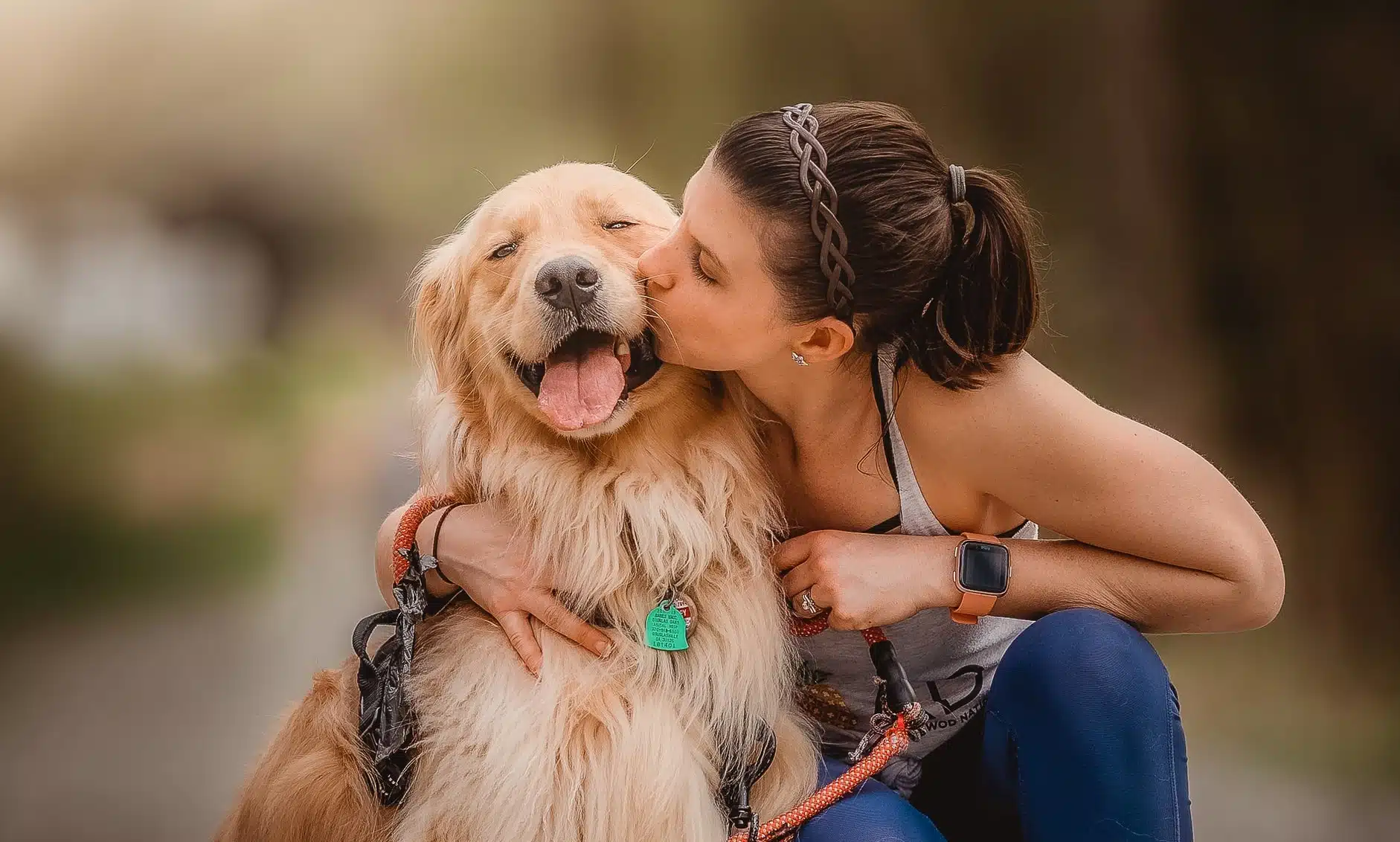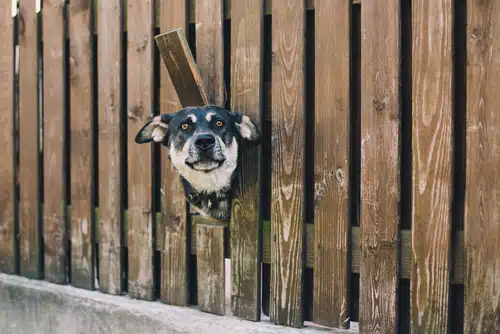Home » Blog » Pet » Pets: Understanding Them » Dog Anxiety 101: Treatment, Triggers and Prevention
Categories
Tags
animal welfare
breed profile
buying a car
buying a pet
Car
car accessories
car care
car features
car insurance
Car safety
car sales
car service
cat
cat behaviour
cat body language
Cat Breeds
cat food
cat insurance
comprehensive car insurance
Dog
Dog Behaviour
dog body language
Dog Breeds
dog food
Dog Insurance
dog training
eco friendly cars
Kitten
New Car
pet accessories
pet activities
Pet Adoption
pet breeders
pet days of the year
pet fun stuff
Pet Health
pet insurance
pet parenting
Pet Safety
pet services
Puppy
rescue pets
road safety
road trip
safe driving
Recent Blog:
Facebook Posts
1 day ago
True or false: A stiff brake pedal can stop your car from starting? Answers here…![]()
![]() 3 Reasons For a Stiff Brake Pedal and Car That Won't Start –
... See MoreSee Less
3 Reasons For a Stiff Brake Pedal and Car That Won't Start –
... See MoreSee Less
3 Reasons for a Stiff Brake Pedal and Car That Won't Start
www.pd.com.au
Help! My car isn't starting and the brake pedal is stiff - why?! First of all, if your brake is stiff and car won't start then you've already pieced3 days ago
Growing old sometimes means we can’t take care of pets anymore. Find out some advice on what to do when this happens:![]()
![]() Senior Pet Parents – Contingency Plans for Your Pet –
... See MoreSee Less
Senior Pet Parents – Contingency Plans for Your Pet –
... See MoreSee Less
Senior Pet Parents' Contingency Plans for Pets
bit.ly
Sometimes senior pet parents need more downtime. For older pet owners, this can be tricky to navigate if their dog or cat is full of beans and wants to5 days ago
Celebrating World Vet Day by expressing our gratitude to all the wonderful vets out there! You're the real heroes for our fluffy companions. #WorldVetDaye#ThankYouVetsu#PDPetsdpets
... See MoreSee Less
Like people, dogs can experience anxiety too. If your pup seems stressed then taking the time early on to ask yourself ‘How can I help my dog calm down from anxiety’ is responsible pet parenting. Whether the cause is environmental, separation or something else, identifying and treating anxiety in dogs can prevent it from becoming a disorder down the line.
In this article PD looks at possible triggers, preventative measures and treatment for anxiety in dogs. It’s not unusual for most pups to experience anxiety at some point in their journey. Let’s put our paws together to help them get to the sunny side as quickly and smoothly.
Table of contents
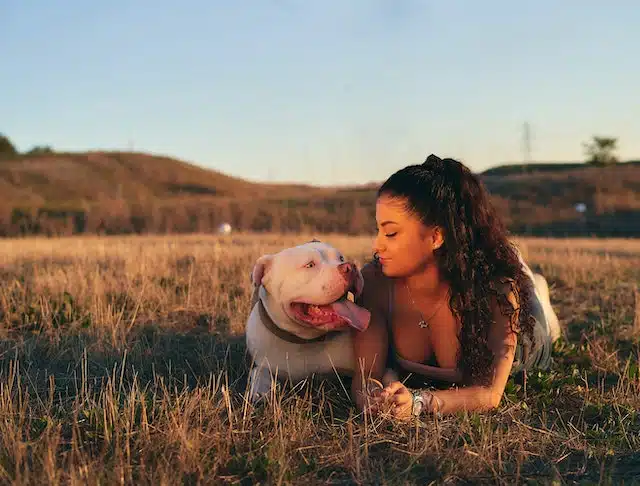
What triggers a dog’s anxiety?
Just like humans, anxiety in dogs can be caused by a range of factors. It can be a process of trial and error to uncover what triggers your dog’s anxiety so that you can help. But you might also consider talking to a specialist like a vet or pet behaviourist to help you figure out the causes sooner than later.
Causes can commonly be as follows:
- Stimulation. Sometimes the trigger can be self-evident especially when it’s caused by sensory stimulus. For example, your dog becomes anxious when you have visitors over or when there are loud fireworks or thunderstorms. If this is the case then read on further for ways to calm pets during fireworks and thunderstorms.
- Separation. Separation anxiety can be harder to discern. Firstly, your dog experiences anxiety when they’re separated from you. This means you’re not there to witness it and your dog may calm down when you’re home. Pet technology offers you a window into your pet’s life while you’re away. Watching them via a petcam or GPS tracker helps you monitor changes to their behaviour. This can help you assess whether they are experiencing separation anxiety and take the next steps (more on this further down).
Another possible cause is Canine cognitive dysfunction (CCD). This is a syndrome that can affect older dogs and is very much like what we call dementia in humans. It can affect your dog’s sense of orientation, behaviour and even lifespan.
Other factors that can affect dog behaviour include health complications. Epilepsy and changes from normal dog blood pressure are just some examples.
Dog anxiety dangers
Aggression and destruction are by far the top concerns when it comes to dog anxiety. These behaviours can put your dog and other people as well as your household belongings in danger.
Keep in mind that our doggos sometimes communicate differently from the way we do.
When we’re anxious we might become moody or cry, for instance. The equivalent for a dog could be to tear your apartment to shreds because he or she misses you. Just imagine that in the mayhem they could also end up snagging themselves on a broken shard of glass or causing a heavy sculpture to fall on top of them.
Destructive behaviour is paved with accidents and expenses of all sorts. Keep in mind your dog isn’t behaving badly by displaying anxiety, they’re simply asking you for help.
If your dog is anxious around other people or dogs, they could easily end up growling, snarling, barking and biting. A dog fight can be scary and dangerous. Preventing a dog attack is an absolute must for you, your dog and others.
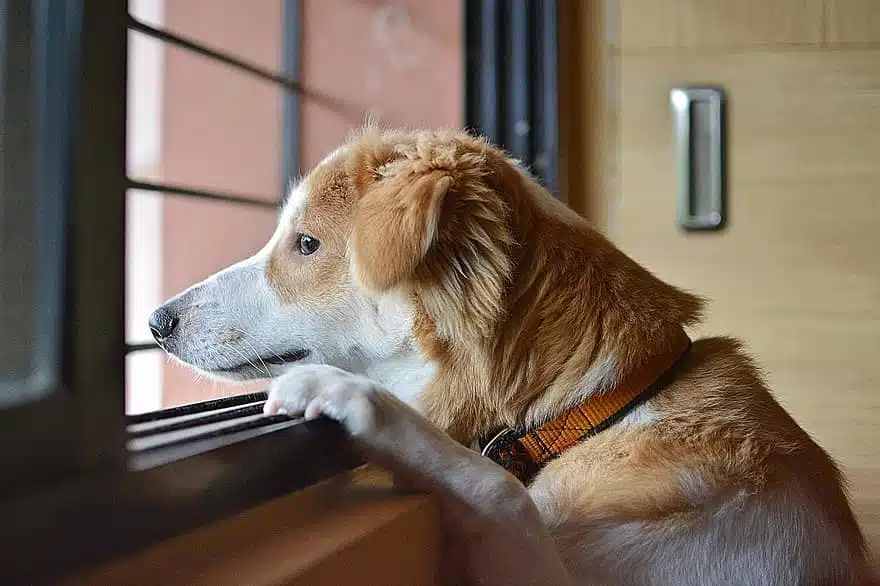
Dog anxiety symptoms
Not every dog is going to behave the same way when he or she is anxious. Unexpected, unwelcome and extreme changes in behaviours could indicate a dog is anxious. It’s important to try to link the behaviour to the cause so you can take the appropriate steps to help.
Get to know your dog’s behaviour so you can easily recognise any sudden changes or repetitive cycles. This in turn will help you care for your dog’s anxiety.
Some common dog anxiety symptoms include (but are not limited to) the following:
- Aggression
- Avoiding eye contact and interaction
- Barking excessively
- Depression (learn how to tell if your dog is afraid)
- Destructive behaviours (more on this next)
- Drooling
- Hiding
- Lip-licking more than usual
- Peeing and pooping indoors (when you’ve already toilet trained your pup)
- Pacing
- Panting excessively
- Restlessness
- Trembling
- Yawning more than usual
It’s important to learn how to speak dog so you can recognise what their behaviours mean. For instance, if you know your Saint Bernard drools a lot because it’s common behaviour for this breed, you can probably rule out anxiety as the reason.
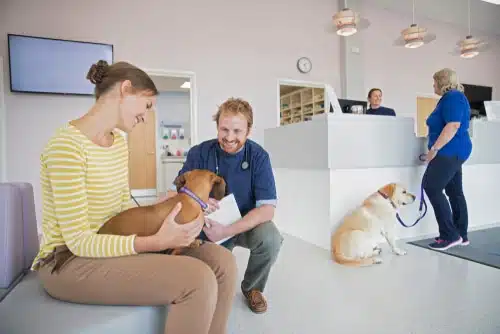
How can I help my dog calm down from anxiety?
There are several approaches you can take to help your dog calm down from anxiety. What’s important is to identify the causes so you can respond accordingly. For example, if your dog is scared of other dogs you won’t take the same steps as when they’re afraid of loud fireworks.
- Vets. A good approach can be to first rule out any medical causes. A sick or injured dog’s behaviour is likely to change for the worse and the illness or injury is not always obvious. If you’ve ever wondered why dogs eat grass for example, you’ll discover it can be out of interest or be caused by an ailment. Talk to your vet about possible reasons and solutions for the anxiety. As a professional pet doctor they’ve seen it all and can give you sound medical and behavioural advice.
- Pet behaviourist. If you discover your pup is in good health, another great option is a pet behaviourist. Pet behaviourists support pets in a similar way to how occupational therapists support people. They help find the causes and teach coping mechanisms.
If your dog’s anxiety is low level and very short lived, you can try out the following methods yourself.
Preventative measures
You can potentially prevent or reduce dog anxiety by removing or limiting exposure to triggers. Here are some key guides for common dog anxiety triggers (such as separation or fear) and steps to take:
Reducing triggers
The best way to help prevent anxiety in dogs from becoming a disorder is supporting their health and happiness. Making sure they’re eating properly and are trained, exercised and socialised all factor in.
Lifestyle
- Diet. Feed a well-balanced diet that meets AAFCO and FEDIAF guidelines (some also offer a calm range)
- Socialising. Puppies need to be well socialised with pets and people; a great option can be doggy daycare
- Training. Read our basic puppy training tips and how to find a puppy training school
- Playtime. The importance of playtime should never be overlooked – know what puppy games are safe
- Exercising. Understand dog exercise requirements by breed as some need more than others
If left unchecked and things become worse, a normal amount of anxiety can worsen. Here’s what you need to know.
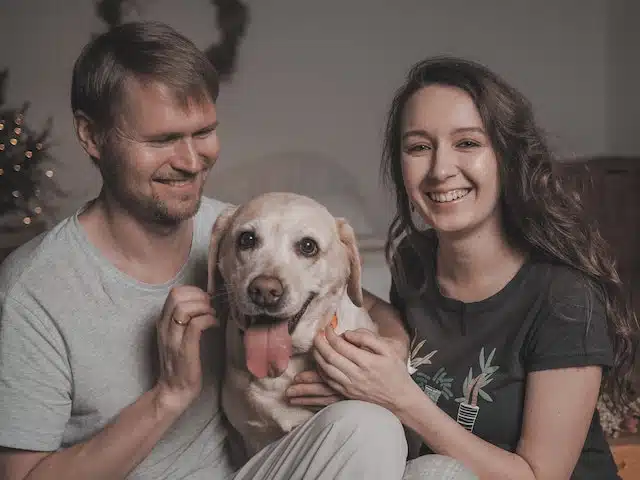
Preventing dog anxiety disorder
Asking the right people ‘How can I help my dog calm down from anxiety’ is important. Left to their own devices, a dog’s anxiety can spiral out of hand.
For example, triggers like loud noises can cause an anxious reaction, which is only natural. This short-term anxiety is normal and can be supported as we’ve outlined in this article but, without support, dog anxiety can become compulsive or obsessive. In other words it can turn into dog anxiety disorder. Once a dog reaches this point, the triggers that lead to anxiety only increase and helping them calm down can become harder.
That’s why it’s important to pinpoint the problem early on and help to give them a soft landing. Find out more about obsessive compulsive disorder in dogs and how to help.
Safeguarding your pooch with pet insurance
Perhaps one of the reasons we love our dogs so much is because of our similarities. We don’t just share the good times, we share the bad too. Now that we’ve looked at how to help a dog with anxiety and avoid dog anxiety disorder, let’s look at pet insurance.
Pet insurance is your pet’s health insurance. It’s a win-win safeguard for your pet’s medical needs and your pocket when it comes to the cost of these. Third party liability is included in PD Pet Insurance plans too. This helps protect you in case of costs incurred from damage your pet causes to other people or their property.
Find out about getting our award winning pet insurance. Click below to start your quote.
Share On:

